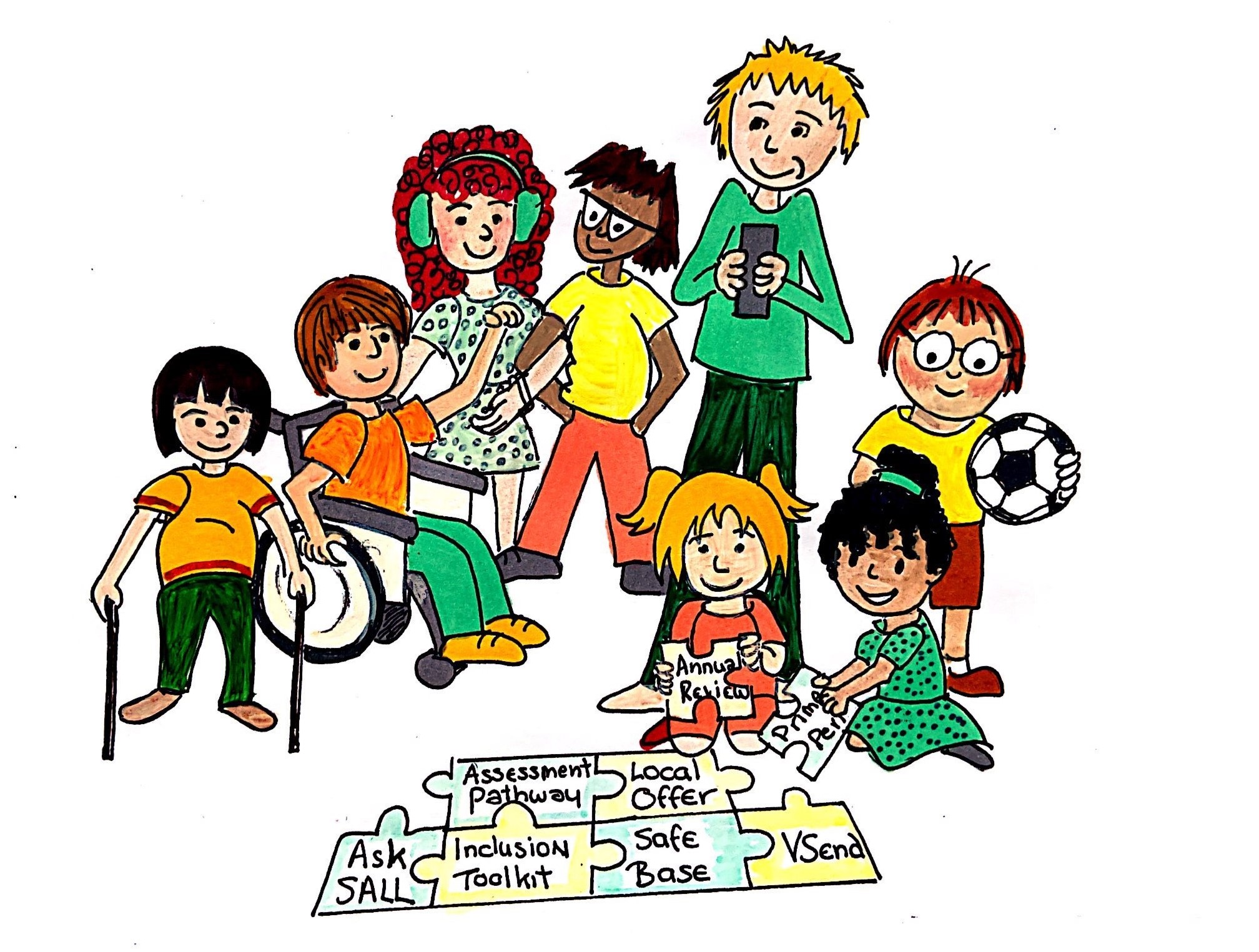Level 3-4 what you may notice
0-5
The child shows frequent moderate difficulties with getting along with people and can be quite literal in interpreting situations.
- the child will actively withdraw from engagement with peers and have limited interest in the surrounding environment and interpreting non-verbal behaviour
- they will struggle to understand contextual clues, familiar gestures, words or sounds and still communicates needs and feelings in ways like crying, babbling, and squealing
- the child has difficulty understanding other people's feelings and emotions and finds change difficult to cope with.
- the child may have some sensory issues such as over-sensitivity to noise or busy places and show signs of stress and anxiety.
- the child prefers to play alone and tends to focus on own choice of activities and may have delayed early imaginative play
5-16
The pupil shows low level frequency social and communication interaction difficulties which interrupt learning in some situations. The pupil’s needs are met though their mainstream class through the use of high quality teaching and the use of positive, personalised targeted strategies and school led intervention
- difficulties with social interaction (other areas of expressive language appear age-appropriate. The pupil’s responses to verbal and non-verbal communication are often inappropriate
- challenging behaviour observed in variety of learning or social settings
- the pupil may exhibit passive behaviour, or elect not to speak across a range of contexts within the school day
- unstructured or social times are sometimes challenging and can result in low-level distress - they may isolate themselves
- the pupil can exhibit highly atypical behaviour, such as: obsessive, challenging or withdrawn behaviours, inappropriate use of language, abnormal responses to sensory experiences and signs of distress requiring significant adjustments
- there are sometimes difficulties in understanding and using non-verbal communication, and in understanding social ‘rules’ (including how to maintain a conversation)
- the pupil has very strong interests that can sometimes take precedence over instructions
- there is sometimes difficulty in switching tasks, maintaining attention in directed tasks, and in organising or conceptualising future activity
- difficulty making relationships with peers
- comfortable with familiar adults
- likely difficulties reported from home
- some identifiable sensory needs
- meltdowns
- anxiety behaviours are displayed. For example, timings, staffing, routines
- some inflexible or rigidity in thinking, a need to complete an activity in a certain way, a need to know changes in advance
- avoidance of eye contact
- some rigidity of thoughts which affects learning and affecting being a member of a group in some contexts
- moderate difficulty with understanding language and communicating
- appears highly verbal but requires visual support to understand language
- responds to simple instructions in context or uses simple language to express needs, sustains listening concentration for short periods
- being quite literal in interpreting situations


